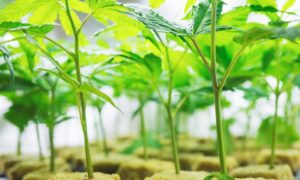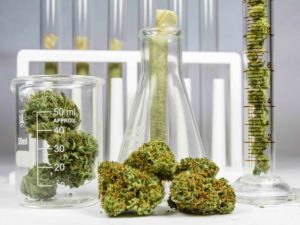 Most people are familiar with the main varieties of the cannabis plant – Cannabis sativa and Cannabis indica (as well as ruderalis), and how each has either an invigorating or relaxing effect on the body. However, less is known about the hybrids of these cultivars and how they are bred.
Most people are familiar with the main varieties of the cannabis plant – Cannabis sativa and Cannabis indica (as well as ruderalis), and how each has either an invigorating or relaxing effect on the body. However, less is known about the hybrids of these cultivars and how they are bred.
As the cannabis industry continues to grow, there seems to be a new variety of cannabis every day. So, what then is the real difference between Girl Scout Cookie and OG Kush? Northern Lights and Strawberry Cough?
Cannabis cultivation, like all plant breeding, is built on the seminal work of Gregor Mendel, whose work lay the foundation for the science of genetics. Crossing plants with different traits defined by Mendelian genetics produce a predictable pattern of inheritance determined by recessive and dominant features.
Based on the genotype of the plant (its unique genetic signature), the next generation (cross) will possess a certain phenotype (visible traits like gold hairs or fragrances) inherited from its parents. In this way, cannabis varieties can be bred which possess the physical and chemical properties that are most desirable.
Plant Genotype = Blueprint

The genotype of a plant serves as the blueprint for its design and influences aspects such as color, taste, smell, shape, and size. Most importantly, genotypes determine its chemical makeup, including the presence and amounts of phytochemicals like cannabinoids, as well as terpenes.
With this information in mind, how then might one explain the observable differences in appearance (ex. phenotype) between cannabis of the same cultivar (ex. genotype) grown in Oregon versus California?
As with all genotype-phenotype relationships, the environment has a significant impact. Identical twins raised in different parts of the world by different parents often have different phenotypes while possessing the same genetic information.
In the plant world, many different environmental conditions can influence a cannabis cultivar’s phenotype. Some of the most common ones include nutrient availability, ambient temperature, light source, soil type, and vegetative habitat.
Both recreational and medicinal cannabis users should keep the effects of genotype-phenotype relationships when evaluating an odd-looking sample of a well-loved or favorite cultivar. Cannabis can look different without being different.
Let us know what you think.




Responses